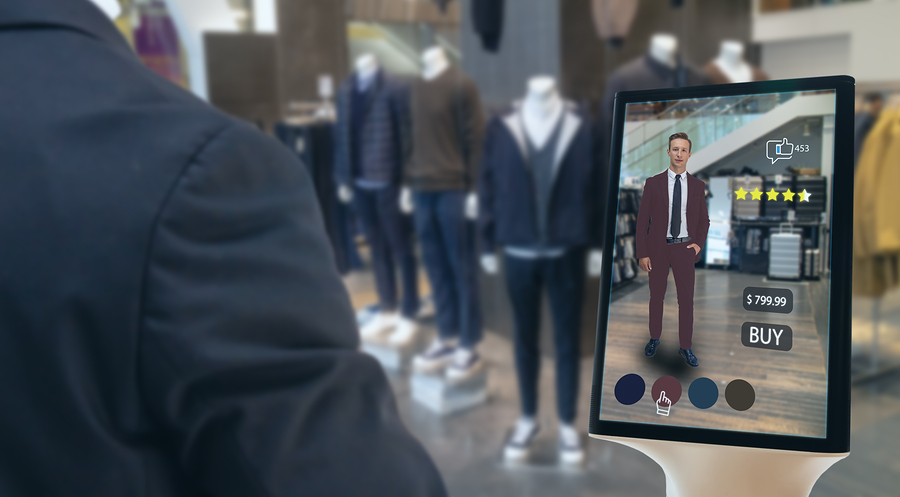Beyond Merely Surviving, Brick-and-Mortar Retailers Need to Be Creative and Consumer Centric to Thrive

“Until Amazon creates a drone that can cut your hair, there’s a physical and real reason to come to the store.”
Mary Dillon, CEO, ULTA Beauty
Which adage most applies to the current state of brick-and-mortar retailers? Is it the Darwin’s “survival of the fittest?” It’s likely not to be Nietzsche’s “that which does not kill us, makes us stronger.” But, it might be Joseph Kennedy’s “when the going gets tough, the tough get going,” with an interpretation of “going” as quite literal versus inspirational.
There’s a hefty list of once-potent physical retailers who’ve filed for bankruptcy in recent years and many more expected to do so in the near future as some retailer brands seem to be hanging on by a thread, like the legendary Sears. The point is that we’re still nowhere near the end of the retailer wreckage to be witnessed. But we don’t think we’re anywhere near the end of the bricks-and-mortar era. Although, as long as e-tailers continue to grow—especially the granddaddy of them all, Amazon.com — there’s growing concern for brick-and-mortar stores.
To put it into perspective, in 2017, mobile ecommerce accounted for 35% of total ecommerce sales and, by 2021, that number is expected to rise to 54%, that’s over half of all retail consumer purchases! Further, as of last year, 77% of Americans own smartphones, up an astonishing 42% from six years prior. And as the smartphone proliferation grows, so does the amount of mobile device online shopping grow. The point is we haven’t yet reached critical mass, so there’s no telling how big e-tail will get and at what cost will come to physical retailers.
For now, brick-and-mortar retailers’ biggest advantages are customers’ ability to sample/inspect merchandise, and instantaneous possession upon purchase. There’s also an argument for physical shopping can be therapeutic for some, in that it provides an escape from the oft-insular online world. Evidence may be served by the fact that 80% of Generation Z—the only generation to have known the option of ecommerce their entire lives—say they “look forward” to shopping in store when they have time, according to Criteo, an advertising technology solutions firm that tracks these and other trends.
So, how can brick-and-mortar retailers avoid the same fate of Toys R Us, and Kmart, among many others? Optimize the experiential aspects of doing business. Any retailer can compete in this regard if you give consumers a reason to expand their mobile environment to include their store. For example, retrofit stores to include gaming areas (for kids and teens), coffee bars or other interactive elements giving consumers reasons, compelling them to get out and about. Not necessarily considered a “retailer”, Capital One provides an interesting twist example with their Capital One Café concepts that debuted in the past year.
And then there’s troubled brands, like competitors The Children’s Place and Gymboree. What if they were to join forces in a fit of creative ingenuity? Not suggesting a fusion like The Children’s Gymboree, per se, instead, identify the greatest assets of both retailers, and consider how a super concept could be developed to capitalize on the sum of the greatest parts. The potential of a business plan along these lines requires strategic consumer research to navigate successfully. Of course, for something like that to work, brand camp egos would need to be checked at the door.
There’s a high probability there will be physical retailers into the foreseeable future, but we suggest their ability to survive and thrive will depend on being innovative and creative. Essentially, keep their finger on the pulse of the marketplace and consumer needs and desires state, that, oh, by the way will continue to morph and change.
What we do know is that instore retail shopping is not dead. Physically going to a store is still in demand with consumers. The question is, can retailers evolve and remain relevant? We think so with some savvy pivoting such as reimaging, revamping the in-store experience, strategic concept coupling, or something we just haven’t considered yet.
~ Marketing Workshop